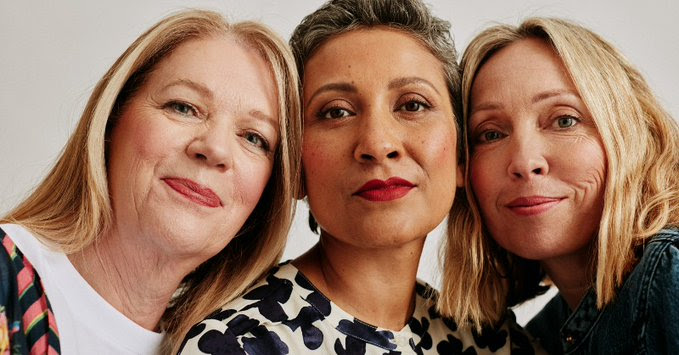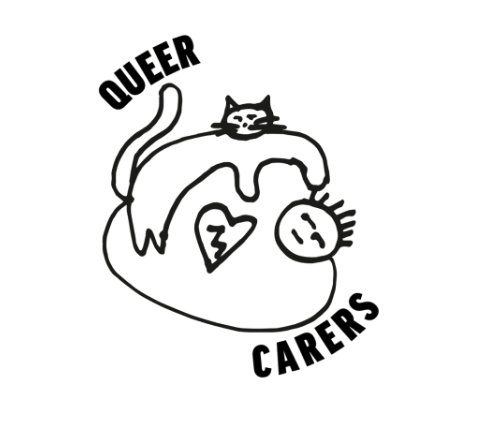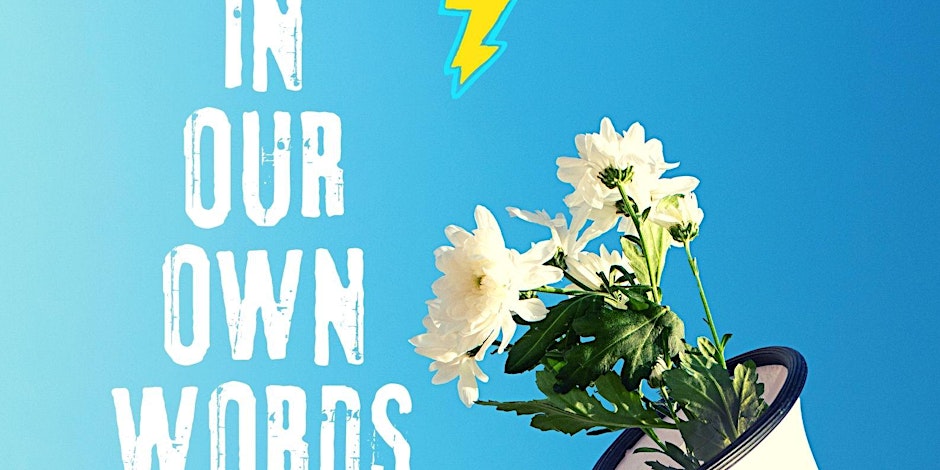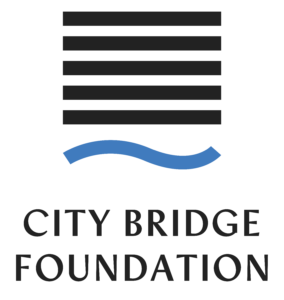From our friends at QueerCircle a new programme of monthly events and online support forums…

Ageism is Never in Style
Ageing Better has teamed up with award-winning global campaign and community Ageism Is Never In Style® by The Bias Cut to launch the first-ever fashion-focused shoot for its age-positive image library.
These vibrant and dynamic images of six women with limited to no experience in the industry are the latest addition to Ageing Better’s image library which charities can use for free for a wide range of uses.
More than 250 women, from as far afield as New Zealand, expressed an interest in participating in the campaign, highlighting the real desire among older women to see more positive, realistic and diverse images of themselves reflected back in media, advertising and society.
An accompanying online survey for the shoot reveals that almost two in three (66%) women cease to feel represented in the media from the age of 46. Over half (55%) of UK women over 18 told the online poll the way they are portrayed in the media makes them feel ‘bad about ageing’.
The survey also reveals that as women grow older, the dissatisfaction level with how they are depicted continues to climb, with 82% of women in their 50s saying they are represented ‘poorly’ alongside 89% of 60+. The biggest mistakes made by brands and advertisers included showing mid-life women in their 50s ‘wearing old-fashioned clothing’ or ‘kooky & struggling with menopause’, according to the survey results.
Women in their 60s in the survey were concerned about being painted as ‘lonely and lacking in relationships’, while those in their 70s and 80s hated been shown as ‘frail’ or ‘lonely’.
Dr Carole Easton OBE, Chief Executive at the Centre for Ageing Better, said:
“The survey results show that the photos used in the media aren’t representing women in a positive and realistic way, and often resort to inaccurate and limited stereotypes such as old-fashioned clothing, lack of relationships, and frailty. It reflects a frustration among older women – when they are represented in the media at all – of being pigeonholed as stereotypes, such as frail and lonely individuals to be pitied or kooky eccentrics that are unrelatable to many. Our survey also confirms that because of this, women are reduced to feeling negative about ageing.
“We hope that charities and other organisations will enjoy these new image library photos and find them a useful age-friendly resource to push back against the ageist stereotypes which are clearly unappealing to women. We hope our shoot provides a blueprint to how to do things differently, championing age-inclusivity and redressing the balance of how women over 50 are depicted.
“The image library is our response to the ageism that is still so pervasive in society and forms part of our Age-friendly Movement trying to change how people think, feel and act about ageing. The subjects of our shoot all have little to no modelling experience but are great examples to highlight that getting older and being glamorous, professional and confident aren’t mutually exclusive.”
One in eight women in the survey highlighted the fact that brands and media outlets use models which are younger than the women the product is aimed at, exacerbating their negative feelings around ageing.
Adverts and media outlets focussing on work and employment were deemed the worst ageist offenders, with three quarters (73%) of older women saying they were shown in a negative light. Two thirds agreed finance and fashion articles and adverts portrayed them poorly, alongside 61% in beauty, plus news and in political context.
The poll also shows a third of all women are particularly concerned about lazy and negative stereotyping in stock images – the photos used in adverts, social media post, academia, teaching and magazines. Despite 60% of working age people using or searching for stock images, one in three women quizzed said there is a major problem with a lack of representation with images described as ‘inauthentic’.
One in five also highlighted a lack of diversity, including images of older women from different ethnic backgrounds and body diversity.







